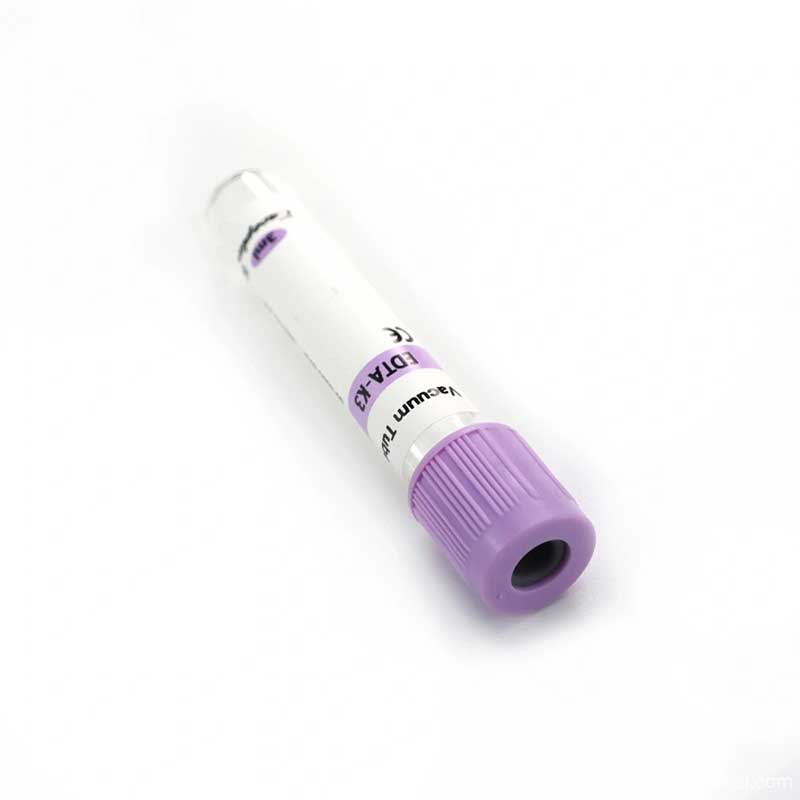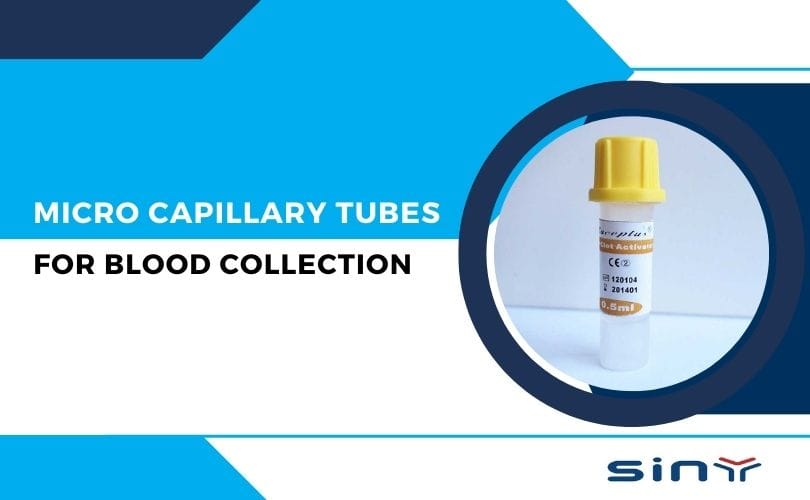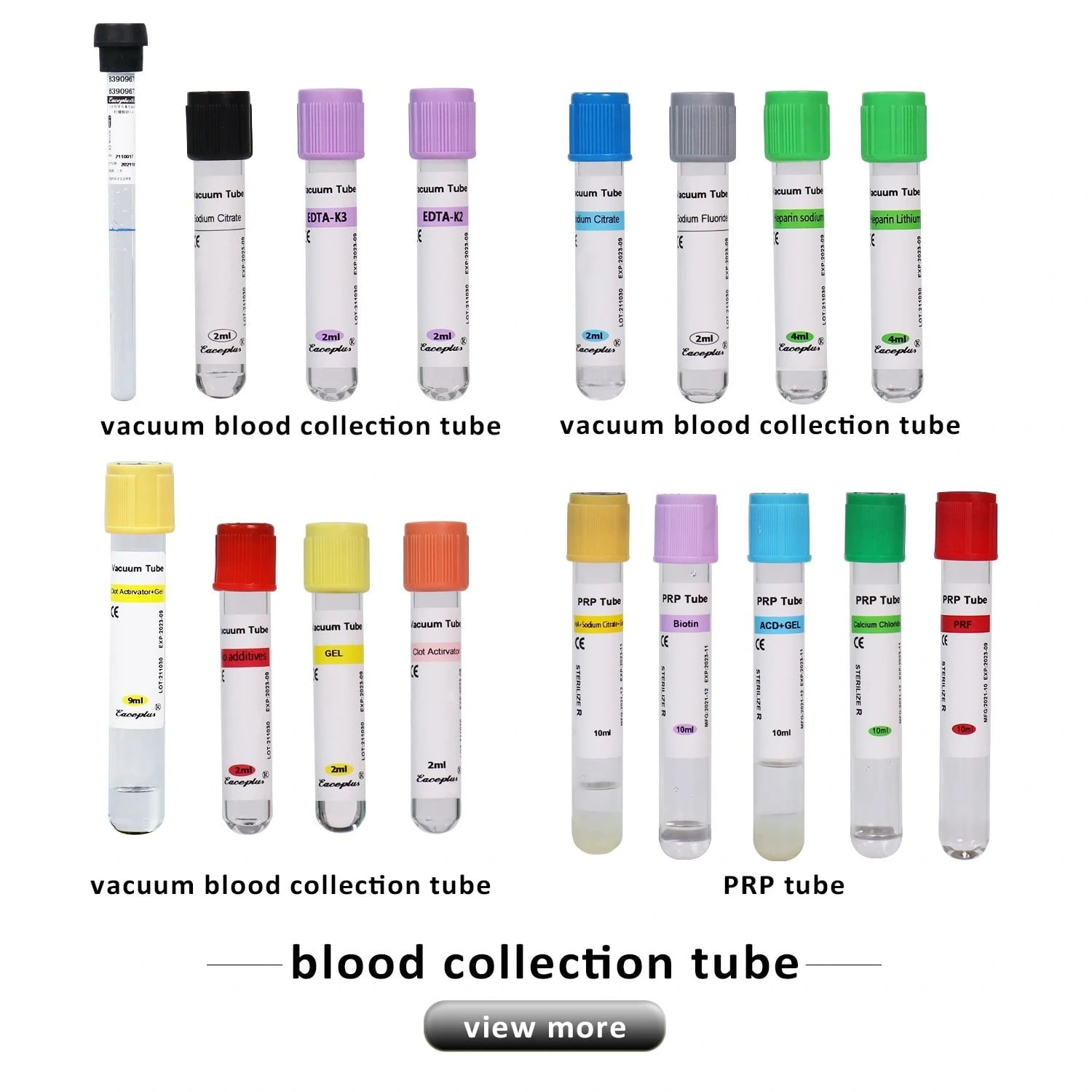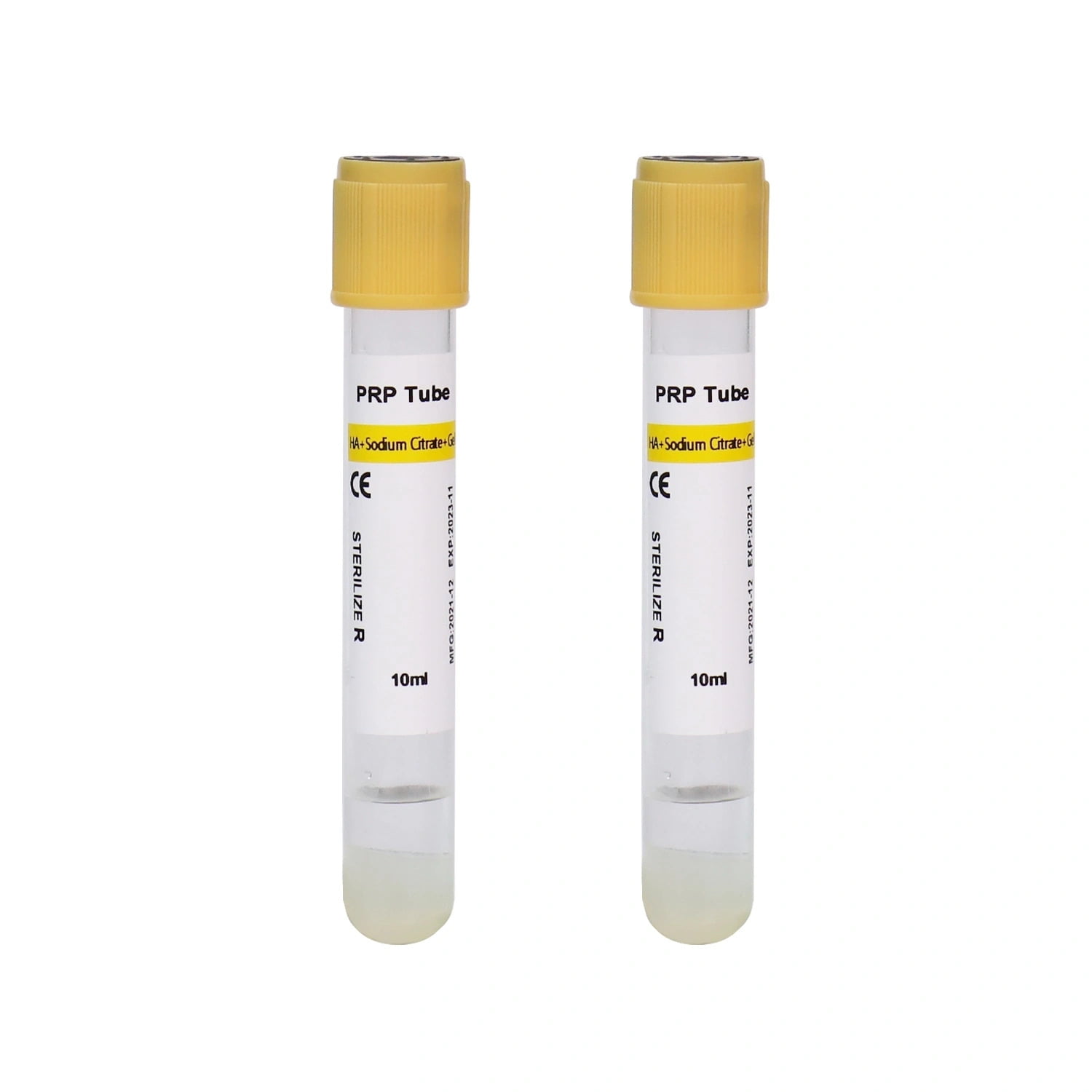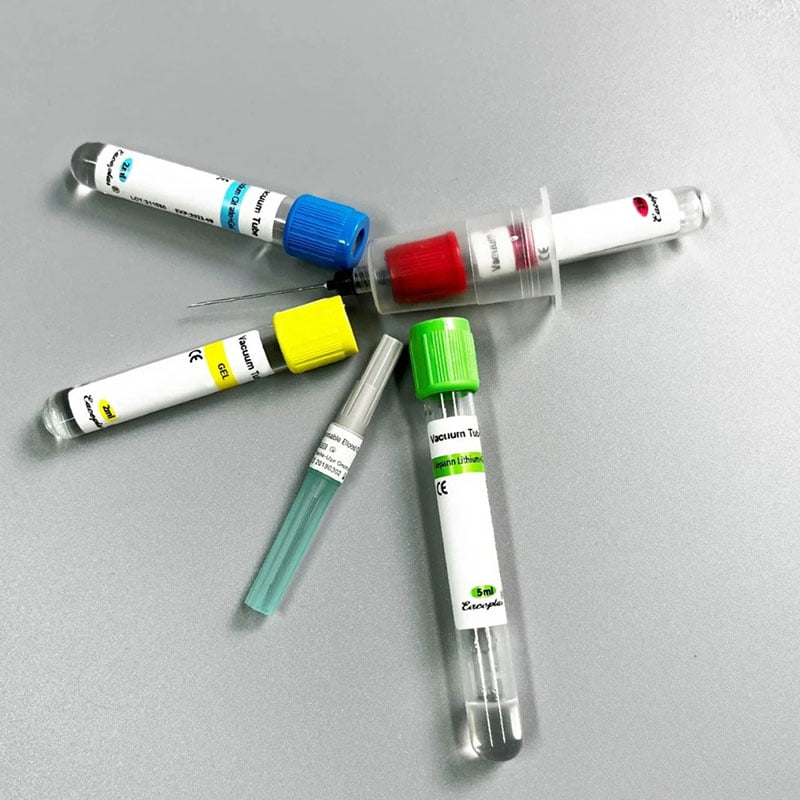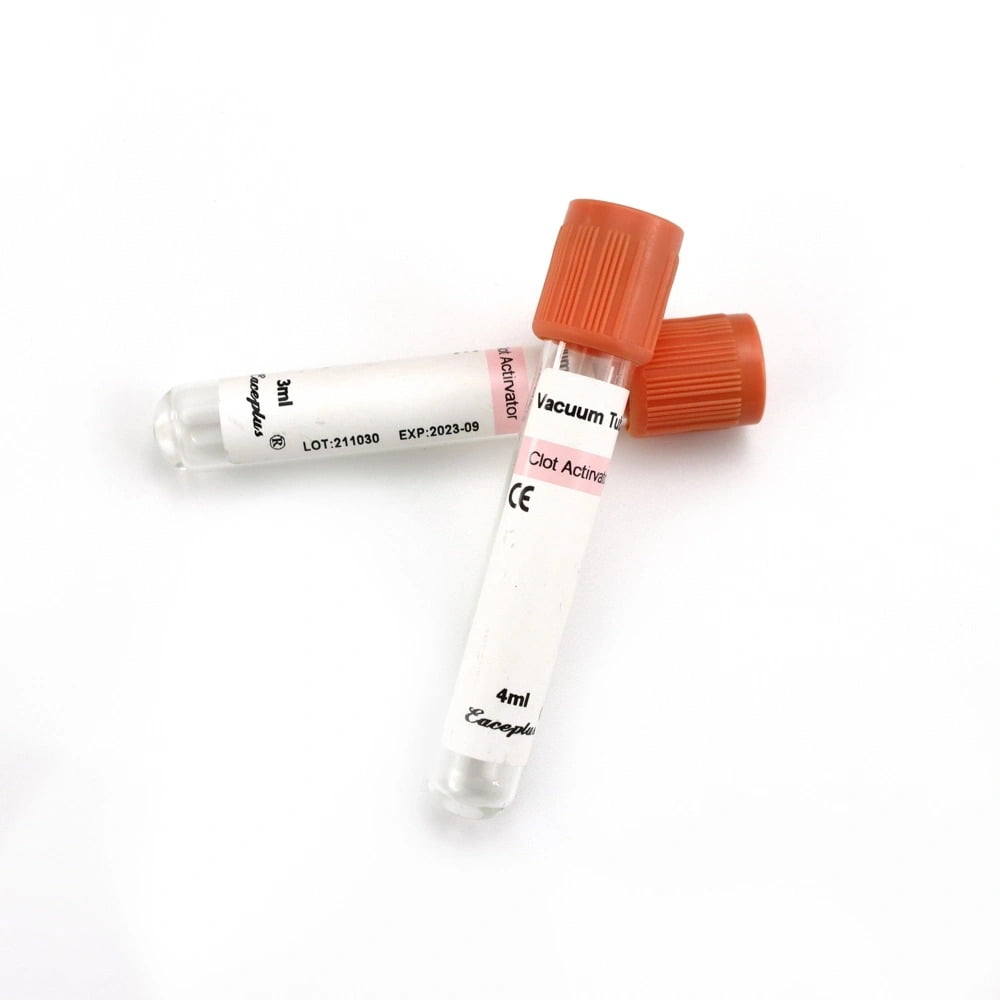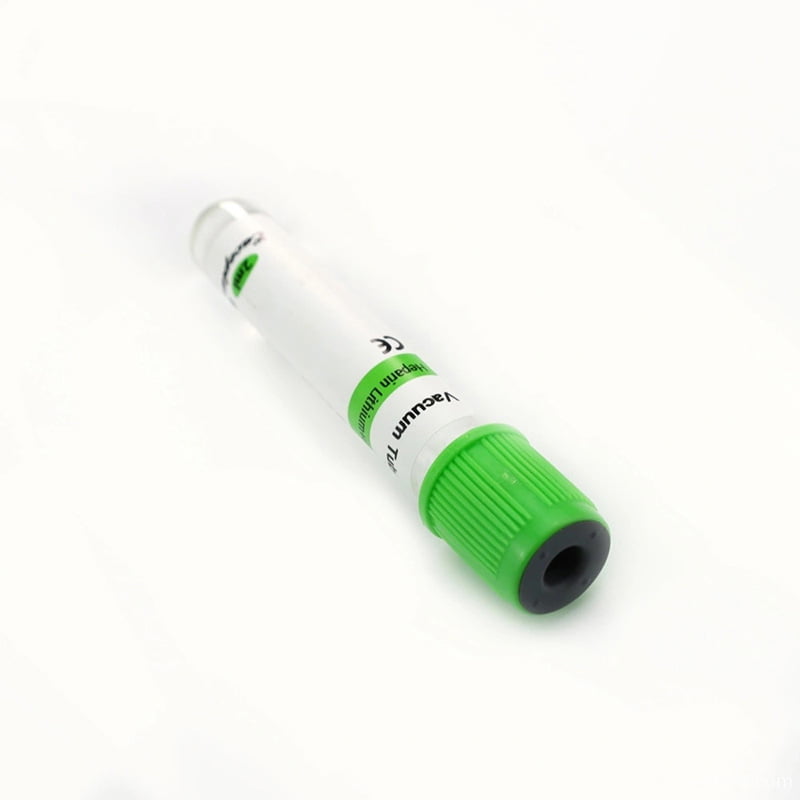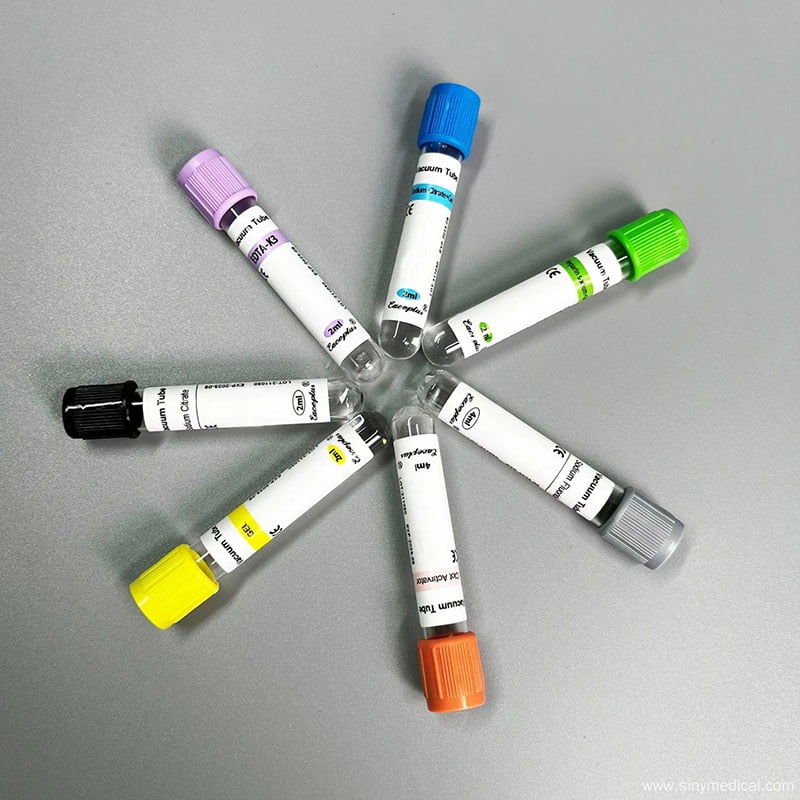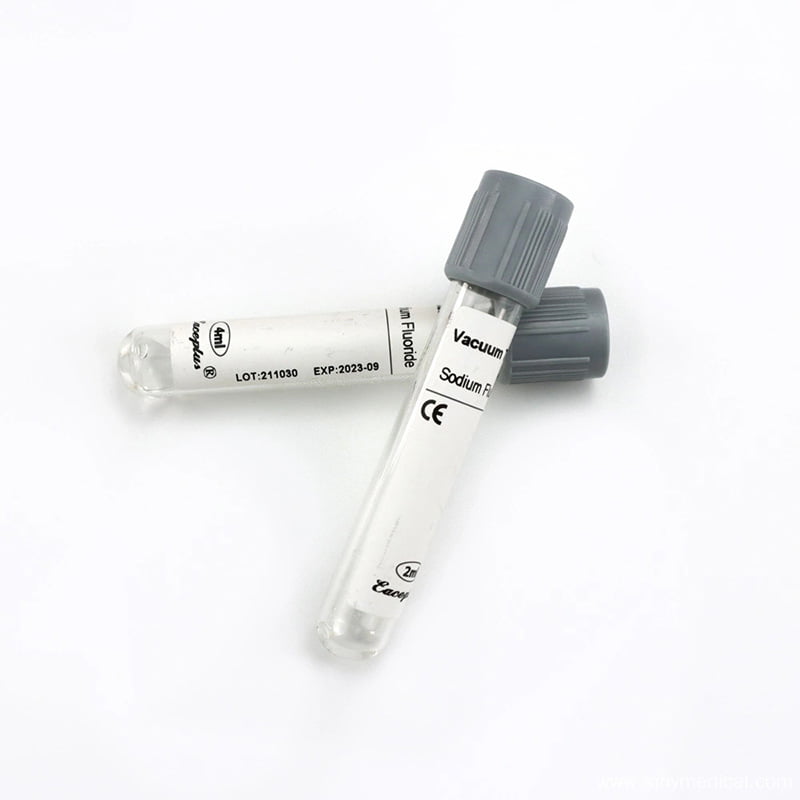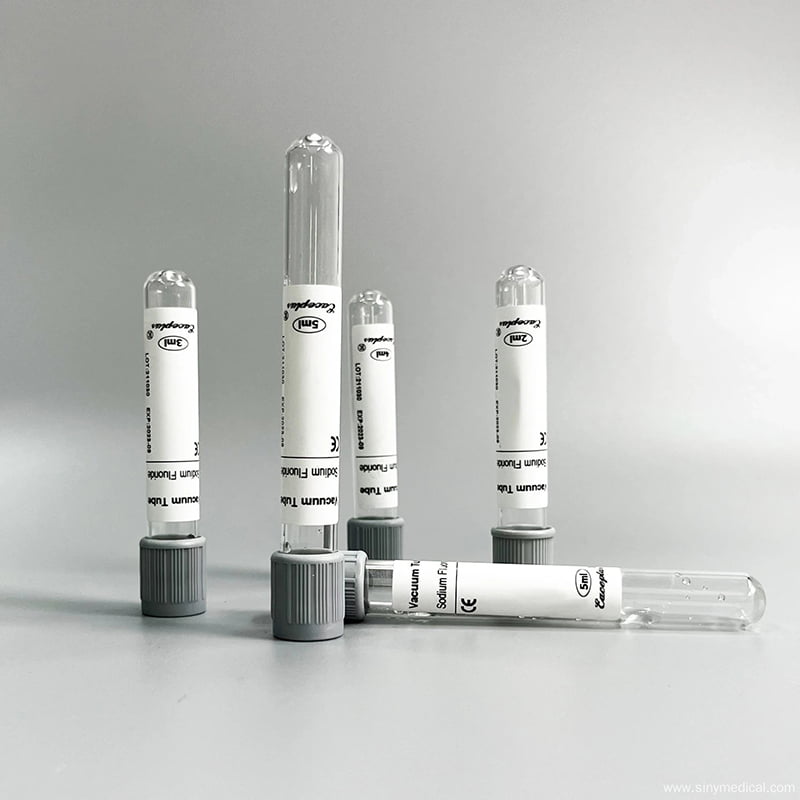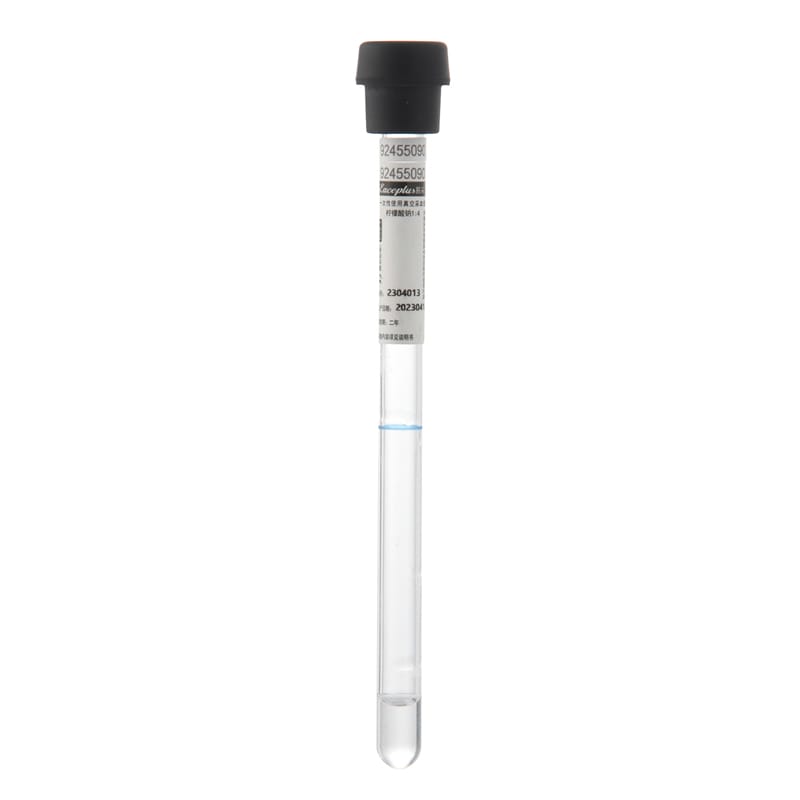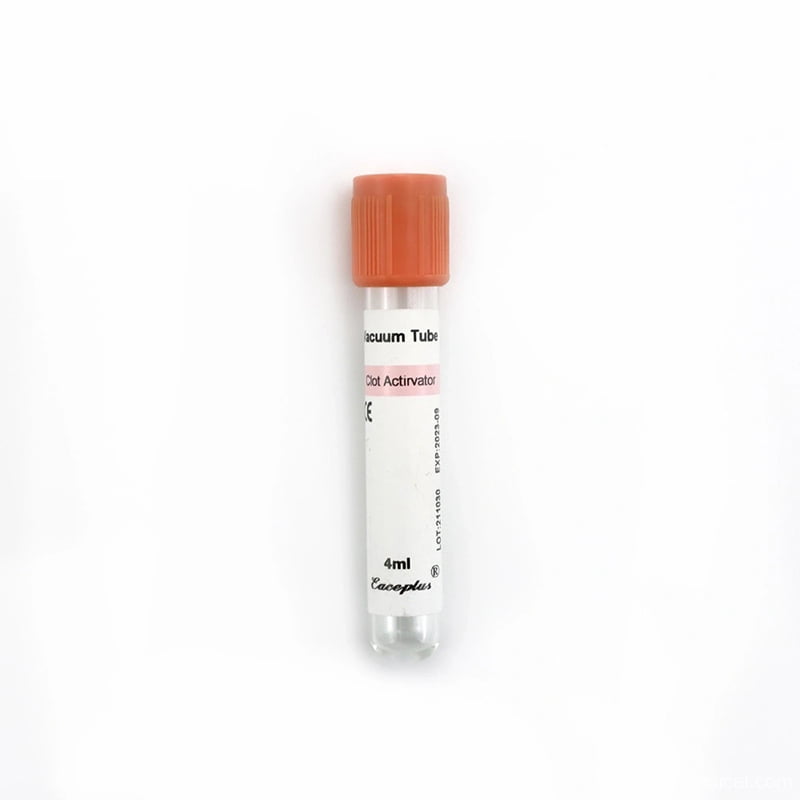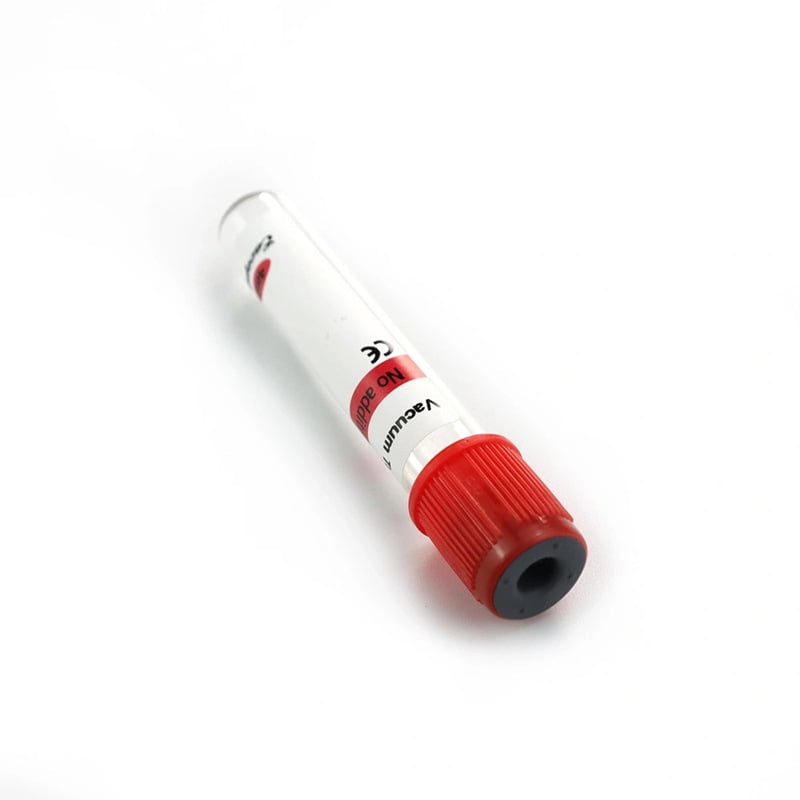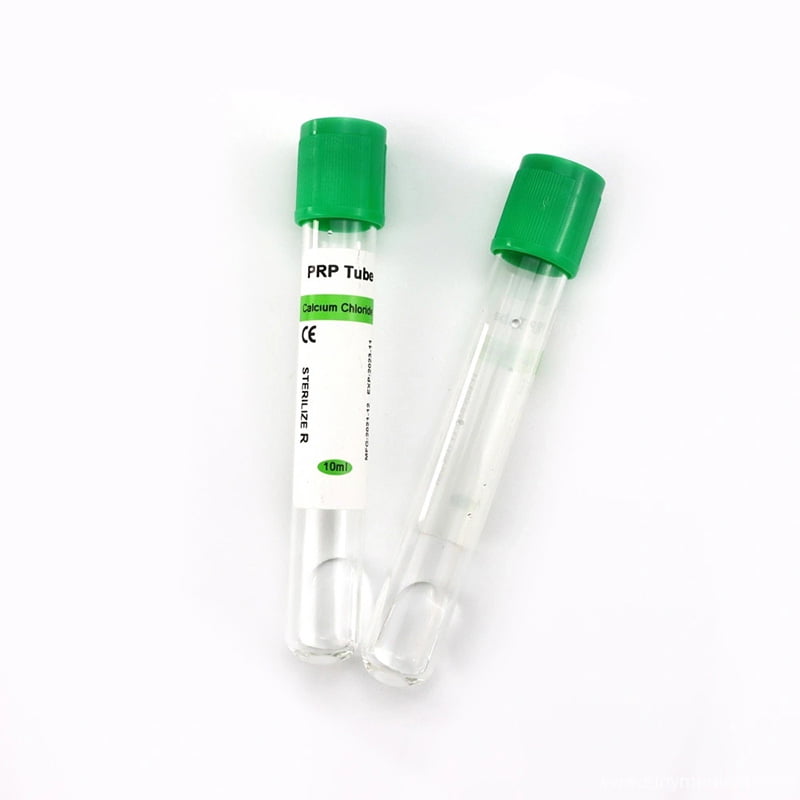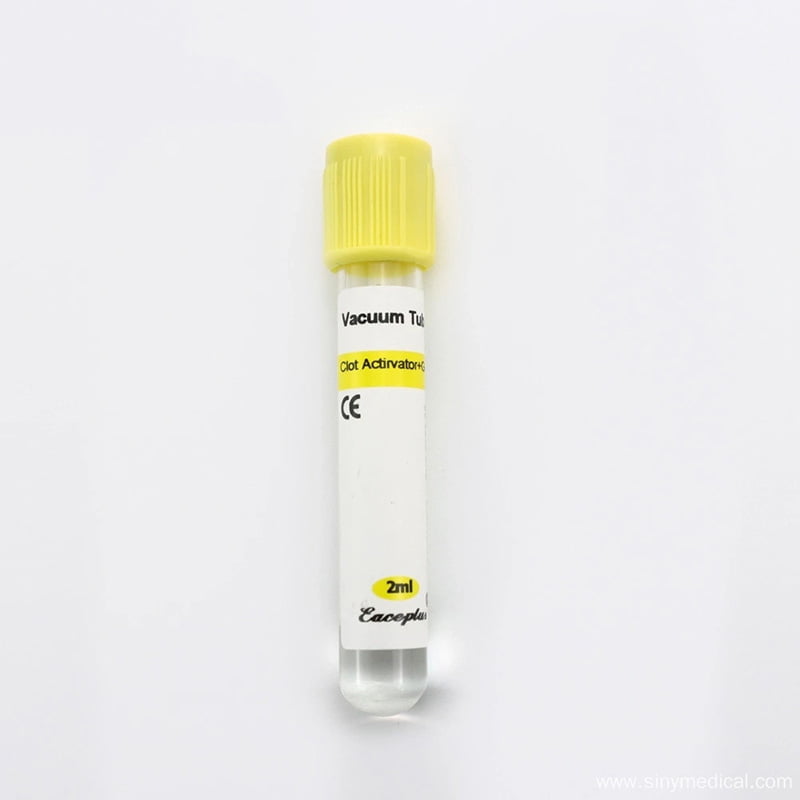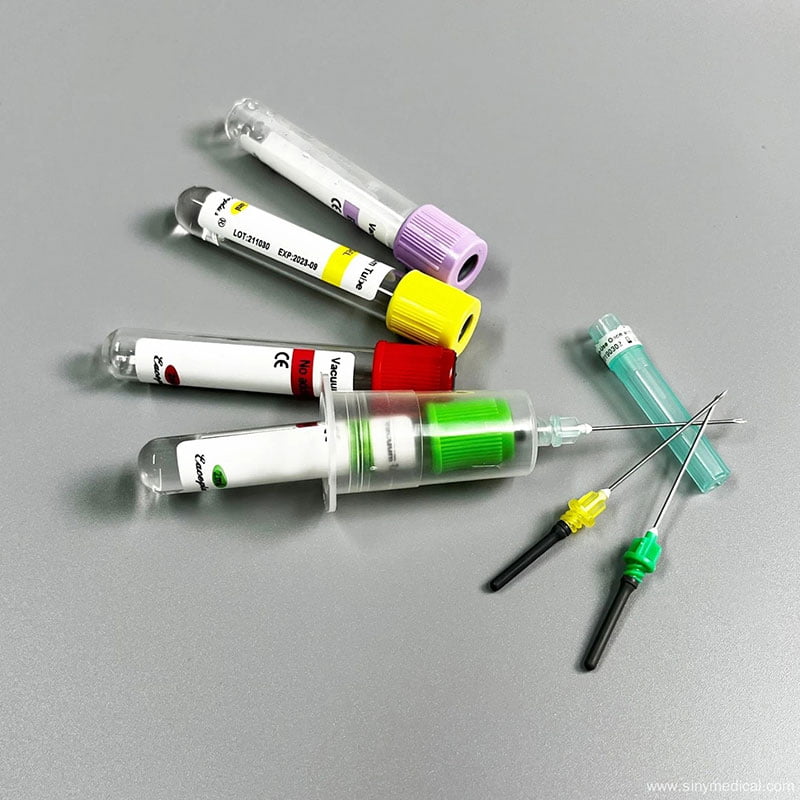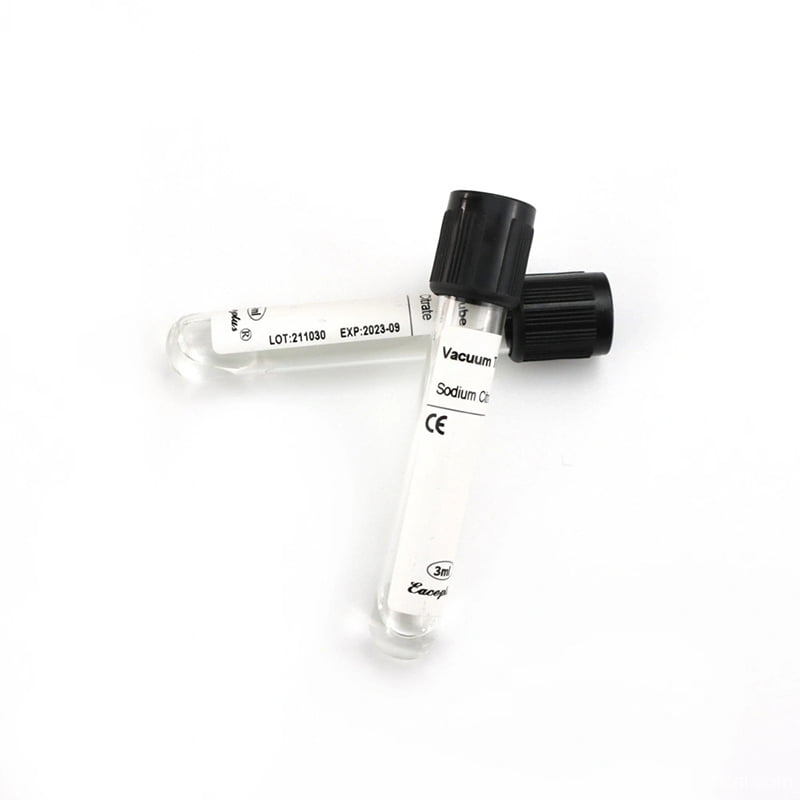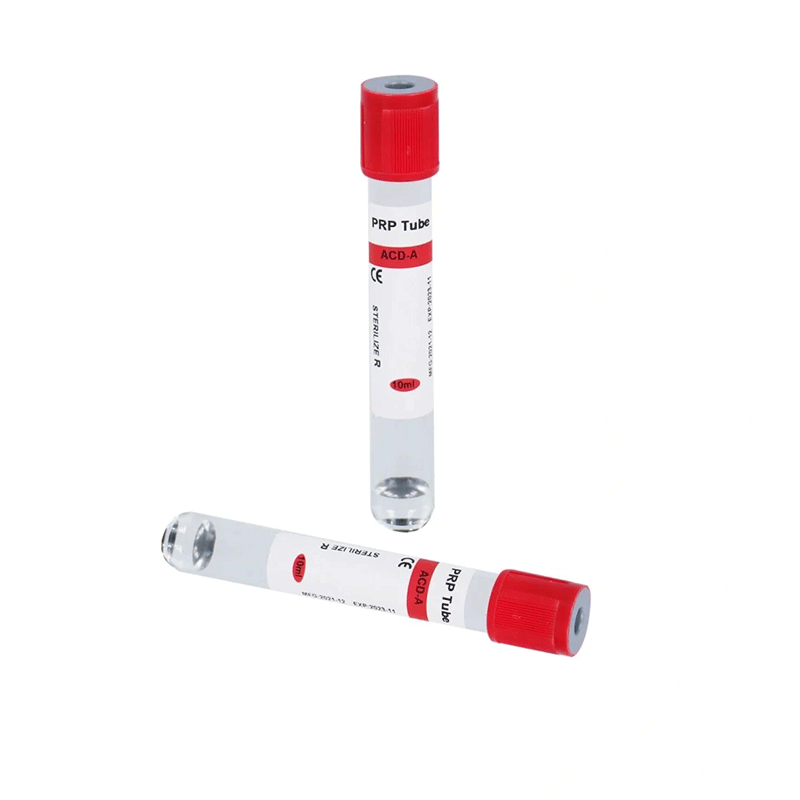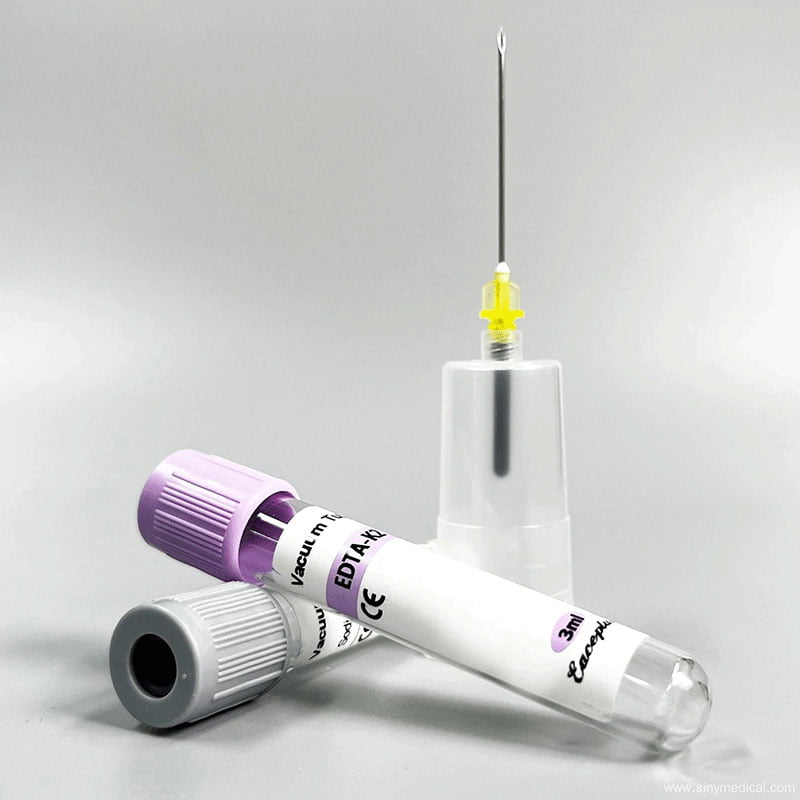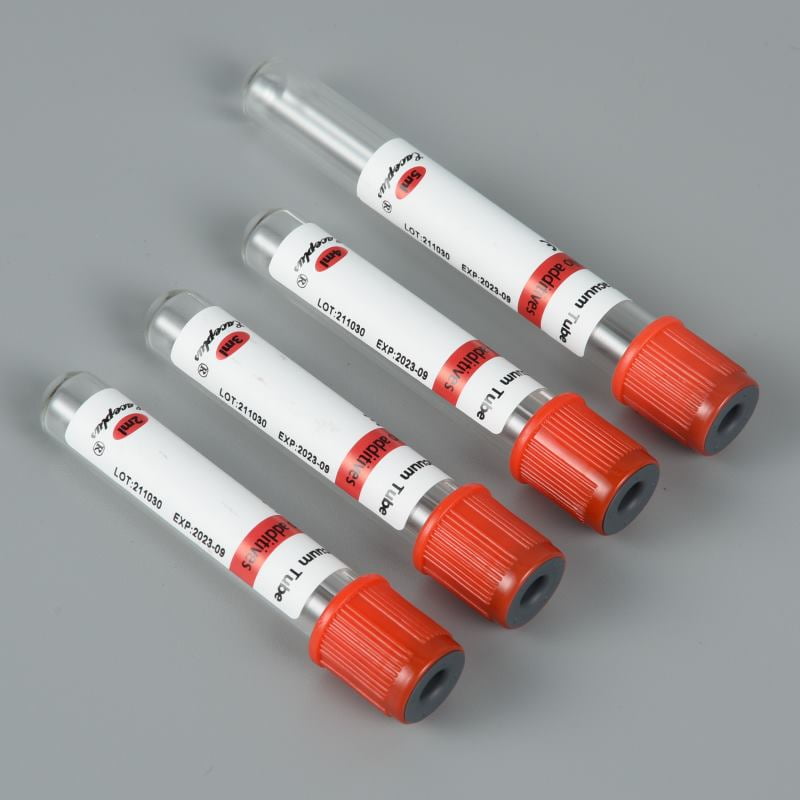In clinical diagnostics and laboratory research, obtaining a reliable blood sample is the first step to ensuring accurate results. While venous blood collection is common, it is not always the best choice for newborns, children, or cases that require only a small amount of blood. Capillary blood collection, a minimally invasive and convenient method, allows rapid sampling of a small blood volume with less discomfort to patients while still meeting testing requirements.
In this process, both standardized procedures and high-quality consumables are essential. Healthcare professionals widely use Siny Medical micro-capillary blood collection tubes in newborn screening, diabetes monitoring, and POCT testing because they offer excellent safety, reliable sealing performance, and compatibility with various testing platforms.
Table of Contents
What is Capillary Blood Collection?
A healthcare professional pricks a superficial skin site, usually the fingertip or heel, and draws blood into a narrow tube using capillary action.
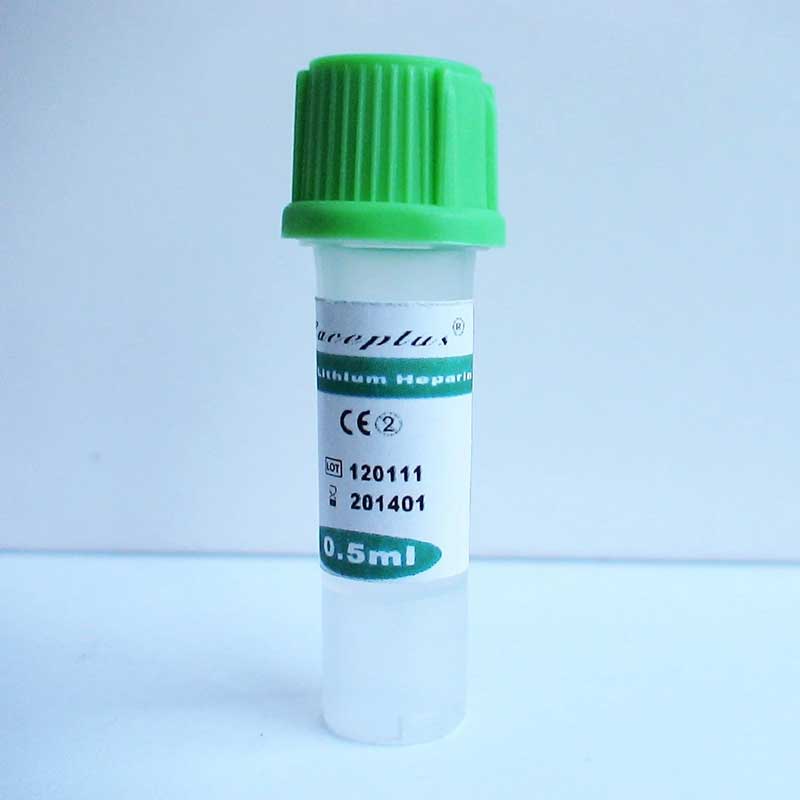
The main advantages of this method include:
- Low volume requirement: Only a few microliters to hundreds of microliters are sufficient.
- Minimally invasive and comfortable: Less painful than venipuncture.
- Broad applicability: Especially suitable for newborns, children, and patients with poor venous access.
- Rapid and efficient: Frequently used in emergency departments and bedside testing, healthcare professionals require quick sampling.
For more details on capillary tubes, visit Siny Medical Micro Capillary Tubes.
Preparation Before Sampling
Before collecting blood, prepare the following equipment and conditions:
- Single-use lancet or safety lancet for safe puncture.
- Alcohol swabs for disinfection.
- Micro-capillary collection tube: Siny Medical sterilizes their tubes, makes them transparent with clear graduation marks, and designs them for single use.
- Hemostasis materials such as cotton balls or bandages.
- Sharps container for safe disposal of used needles and tubes.
Operators should also ensure proper hand hygiene, wear disposable gloves, and work in a clean environment to guarantee sample quality.
Explore our range of Blood Collection Tubes for more options.
Step-by-Step Procedure
Adults and Children (Fingerstick Sampling)
- Disinfection: Choose the lateral side of the fingertip, disinfect with alcohol, and let it dry.
- Puncture: Use a lancet to quickly puncture the skin.
- Discard the first drop: The first drop often contains tissue fluid and should not be used.
- Sample collection: Allow a blood drop to form and place the micro-capillary tube against it.
- Hemostasis: Press the puncture site with a sterile cotton ball until bleeding stops.
- Seal and store: Close the collection tube immediately to prevent contamination.
Newborns (Heelstick Sampling)
- Site selection: Choose the outer edge of the heel, avoiding bones and nerves.
- Disinfection and puncture: Disinfect with alcohol and puncture quickly after drying.
- Discard the first drop: As with adults, discard the initial drop.
- Sample collection: Hold the micro-capillary tube close to the blood drop to let it fill by capillary action.
- Hemostasis: Gently press with sterile cotton until bleeding stops.
In both scenarios, Siny Medical micro-capillary tubes provide clear visibility of the blood volume, and their strong sealing performance reduces leakage, ensuring testing accuracy.
Sample Handling and Storage
Because capillary blood samples are small, they are more susceptible to hemolysis or contamination, making proper handling crucial:
- Seal immediately after collection to prevent coagulation.
- Mix gently if an anticoagulant is present in the tube (invert 5–8 times, avoid shaking).
- Transport promptly to the laboratory for testing.
- Material advantage: Siny Medical uses PET or crystal glass to make their tubes, ensuring durability and excellent transparency for easy observation.
Check out our Disposable Sterile Blood Collection Tubes for reliable options.
Applications of Capillary Blood Collection
- Newborn Screening for Genetic and Metabolic Disorders: Healthcare professionals globally recognize heelstick blood sampling as a method for the early detection of congenital hypothyroidism, PKU, and other conditions. Siny Medical micro-capillary tubes ensure secure sealing and sample stability, making them ideal for this use.
- Diabetes Monitoring: For diabetic patients, frequent blood glucose checks require repeated fingerstick sampling. Single-use micro-capillary tubes reduce cross-contamination risk and ensure more reliable laboratory follow-up.
- POCT (Point-of-Care Testing): In emergency rooms, ICUs, or primary care clinics, fast and accurate testing is critical. Micro-capillary tubes work seamlessly with POCT devices, enabling rapid results within minutes.
- Laboratory Micro-Analysis: Capillary blood is commonly used for blood gas analysis, CBCs, and small biochemical tests. Siny Medical tubes with clear graduation marks help prevent under- or over-sampling, ensuring accuracy.
For more applications, visit Siny Medical Product Category: Blood Collection Tube.
Wrapping It Up
Capillary blood collection is a safe, efficient, and minimally invasive technique that plays a crucial role in modern diagnostics. From newborn screening to diabetes management and POCT testing, it has revolutionized patient care by making blood sampling faster and more comfortable.
The quality of consumables directly impacts accuracy and safety. That’s why healthcare providers worldwide rely on Siny Medical micro-capillary tubes—trusted for their durability, strong sealing, clear graduation, and single-use safety design.
For more information and to explore a full range of medical consumables, check out Siny Medical’s official website, their YouTube channel, or their Made-in-China profile.
FAQs
Why should the first drop of blood be discarded?
The first drop contains tissue fluid that can distort test results.
Can capillary tubes be reused?
No. Siny Medical’s capillary tubes are strictly single-use and comply with international safety standards.
What tests can be performed with capillary blood?
Healthcare professionals use capillary blood for glucose monitoring, newborn screening, complete blood counts (CBC), blood gas analysis, and small biochemical tests.
Does insufficient blood volume affect results?
Yes. If the sample volume is too low, tests may fail or give inaccurate results.
Where can I buy reliable capillary tubes?
You can get them directly from Siny Medical’s product page or via their contact page

